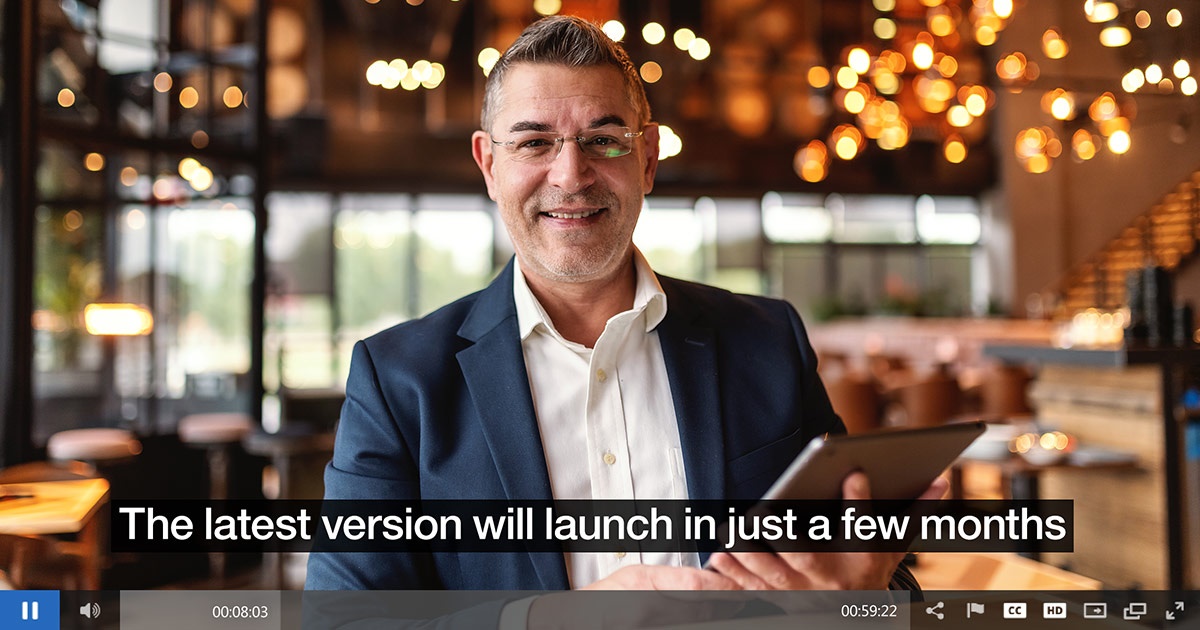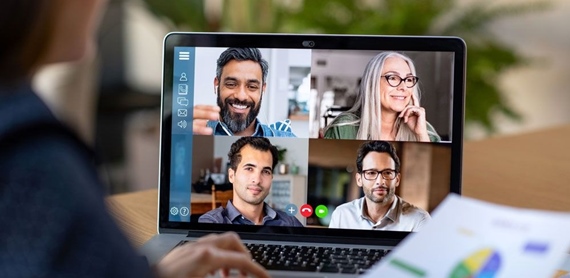 We've provided live captioning services for a number of hybrid and virtual events recently. While most of them have gone off without a hitch, a few have been plagued by poor audio which has prevented attendees, both virtual and in person, from fully participating in the event.
We've provided live captioning services for a number of hybrid and virtual events recently. While most of them have gone off without a hitch, a few have been plagued by poor audio which has prevented attendees, both virtual and in person, from fully participating in the event.
With this in mind, we wanted to provide you with a few tips on making sure everyone can hear your message at your next hybrid or virtual meeting.
Make a plan for your audio
Clear audio, both in the room and online, starts with a plan. When you start your planning process, be sure to include a line item for audio. Some questions you need to ask are:
- Will presenters be in person, remote or both?
- Will in-person presenters need a microphone to be heard clearly both in the room and on-line?
- Will in-person presenters be seated at a desk or standing at a podium, or will they be wanting to walk around while they present?
- Will you have a Q&A session?
If you have in-person presenters, you should plan to have them wear a portable or wireless microphone for the best audio quality for both the in room and on-line audiences. If you don't have one, we recommend the Fifine K031B wireless USB mic ($42 at Amazon recently). This microphone connects to any USB port and can stream audio to Zoom or any other conferencing platform. Using the built in microphone on a laptop generally produces less than optimal results, particularly when speakers wander away from the laptop.
If you have remote presenters, they should use a microphone as well or at least wear a headset. Again, the built in microphone on the laptop is generally less than optimal. Plan to meet with each remote presenter prior to the event to make sure their set up is optimal and reliable.
If you are fortunate enough to have an in house audio/visual team, or if your event is big enough that you have an A/V budget, make sure to get your A/V team involved early in the process. They can tell you what's possible in your space and provide options for the best results.
Test, test and test some more
Once you have a plan, you need to make sure it works. Optimally you will have access to the meeting or conference room a few days in advance of your event. If you have A/V support, have them involved as well.
Set things up as you would for the day of the event, including an on-line session with your remote presenters. Listen to how things sound. Walk around the room and make sure the audio will be clear to everyone in the room and online.
If you plan to have a Q&A session, make sure you have a portable microphone for the in room audience so everyone can hear the questions. If you don't have a portable microphone, ask the event moderator to repeat questions so on-line attendees can hear in room questions. For the online audience, encourage them to put questions in the chat feature for the moderator to read aloud.
We hope that you find these tips helpful in planning your next event. If you would like more information on how to make your next event more accessible, please reach out to us using the information below.





